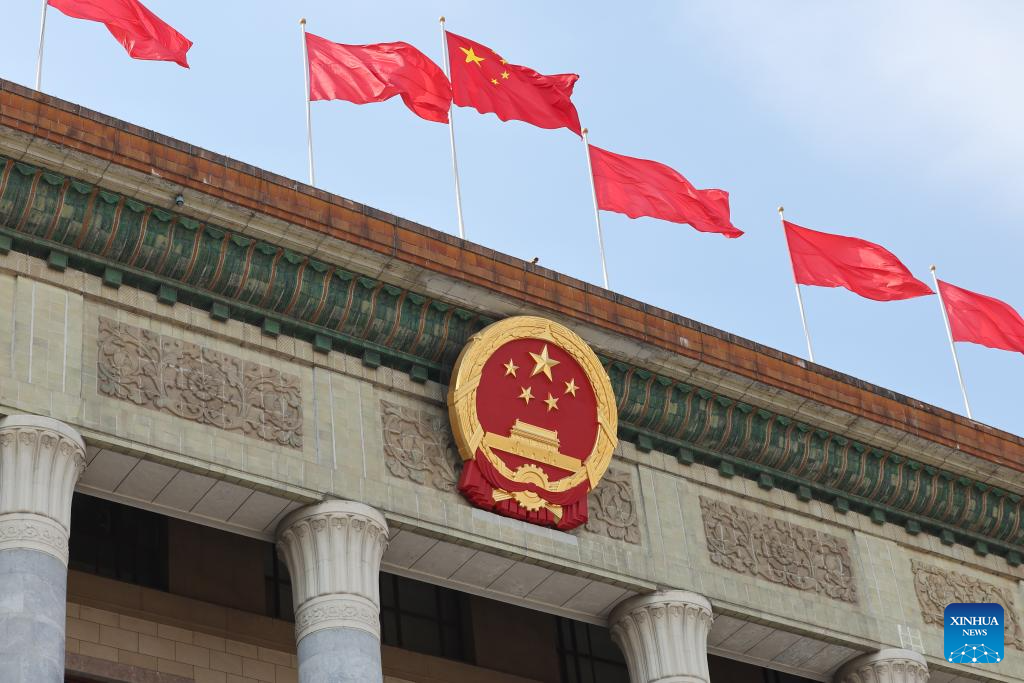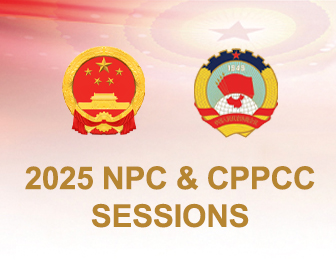Huge global interest in China’s growth, development

As China’s two sessions — an annual major political event — got underway this week, there was significant domestic and international attention on what will unfold.
Concurrent sets of meetings began on March 4 when the 14th National Committee of the Chinese People’s Political Consultative Conference (CPPCC), the country’s top political advisory body, opened its third session in Beijing. Then one day later, the 14th National People’s Congress (NPC), the nation’s top legislature, kicked off its own third session.
The CPPCC plays an important advisory role in making recommendations to government agencies. The NPC involves provincial political leaders, scientists, technicians, farmers, and workers, among others, who review and vote on important legislative matters. Topics relating to economic growth, high-quality development, reform and opening-up, real estate, foreign trade and investment, and high technology were expected to be on the agenda.
READ MORE: Advisers urged to enhance consultation
Experts and markets are closely watching the annual gross domestic product growth target of around 5 percent the policymakers set at the two sessions and measures in the pipeline to boost consumption, stabilize the real estate sector, encourage long-term “patient money” into the capital market, and continue to support the growth of the crucial private economy.
China has been the world’s primary growth engine for multiple years, but of late it has had to deal with the negative impacts of challenging domestic economic realities.
The pressures have been exacerbated by the corrosive tariffs applied by the United States, which are now in their eighth year.
Putting all of these factors together, it is clear that pro-growth policies are a major focus intensely discussed by the NPC deputies and CPPCC members during the two sessions. Not to be forgotten is that 2025 marks the last year of the current 14th Five-Year Plan (2021-25); as a result, an examination of which of its goals have already been met will take place.
One data point offers good news for China, which has regularly contributed about one-third of global growth in recent years: The monthly purchasing managers’ index for February showed that production activities are on the upswing and optimism has increased for the overall economy.
Additional foreign direct investment data, to be released later this month, will provide another indicator of optimism. It already registered an impressive month-on-month growth in January. Western analysts were quick to discuss why foreign investment in China fell in 2024 to levels not seen in more than two decades, and China is quickly moving to address this reality. The lucrative telecommunications sector, for example, has already been opened up wider for international investors, and the Chinese authorities have also announced the expansion of opening-up trial programs for the healthcare and education sectors.
Meanwhile, China’s commitment to high-quality development is well known. One demonstration of that is through technology, an area where China continues to shine. Consider, as just one example, the attention devoted to DeepSeek, the Chinese artificial intelligence startup, which released its new DeepSeek-R1 model in January.
One US-based publication defined DeepSeek as “matching leading US models’ performance at a fraction of the cost by using compute and memory resources more efficiently”. A leading US university praised DeepSeek for its “capacity for clever engineering and algorithmic innovation”.
Technology also plays an important role in other industries, including agriculture.
Recognizing the international realities associated with climate change and food insecurity, China continues to push for ways to improve all aspects of food production, distribution, and security. Last month, the government released this year’s No 1 Central Document, with agriculture and the rural economy front and center. Agricultural innovation is seen as a critical means to achieve the important goal of grain security.
In other words, both the CPPCC and the NPC are analyzing how self-developed technologies are helping various industries and people at home and abroad.
ALSO READ: The two sessions reflect the strength of whole-process people's democracy
Although it is not a major direct agenda item this year, there is an important reality connected to the two sessions: whole-process people’s democracy.
It is an outcome-based model that puts the people at the center of all government decision-making and is judged by how well the government is able to improve the people’s socioeconomic conditions and serve their needs. Such an approach to democracy is central to the country’s political life during and after the sessions.
Sober and serious conversations are evident during the two sessions of the CPPCC and the NPC. When one remembers that in other parts of the world, some leaders seem more interested in bombast and bluster, a political gathering that functions professionally should be welcomed all across the globe.
The author is an associate professor at the Department of Communication and Organizational Leadership at Robert Morris University in the United States.
The views do not necessarily reflect those of China Daily.



